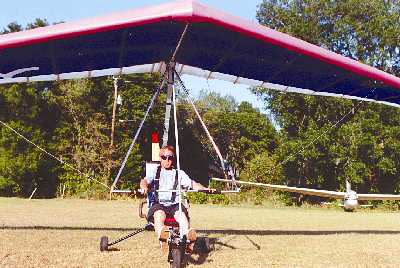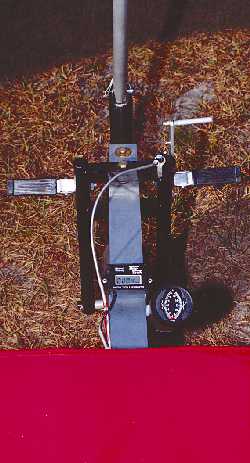
In a world of ultralights populated with powered parachutes, powered paragliders, weight-shift trikes, and all manner of 3-axis ultralights, why not a powered hang glider? Why not return to our roots? For those too new to the scene to remember, ultralights started out as powered hang gliders. John Moody, the man widely known as the “Father of Ultralights,” first motorized and flew a hang glider called the Icarus II (which evolved into the Easy Riser). Moody’s first ultralight, back in the mid-1970s, had no landing gear and no tail because those appendages weren’t on hang gliders then, or now. After Moody’s early work – plus that of others in the hang gliding and ultralight community – other pioneers began adding power packages to more conventional hang gliders. The Easy Riser Moody flew had good performance but didn’t break down as efficiently as the fully-foldable “flex wings,” as they are commonly known today.











